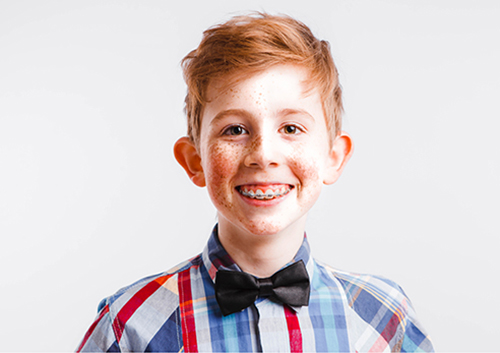Tips for Using Invisalign®
January 24th, 2024

More than one patient has come into our office and asked, “What can I do to help my teeth when wearing Invisalign?”
While everyone’s teeth and dental needs are different, there are certain things everyone can do to make wearing their Invisalign aligners a more rewarding experience. Always follow the list of instructions and tips from Dr. David Baker, and add the following advice to your daily routine.
Always ask us about teeth whitening. Our team at Baker Orthodontics knows how important it is for you to keep your teeth white and stain-free from the foods and drinks you consume daily. If you have attachments to your teeth, they will not whiten properly. Ask our office about teeth whitening when wearing your aligners; it might be best to wait until your treatment is complete.
Continue flossing every day. You should be flossing in any case. But it can be easy to assume that Invisalign will protect your teeth from bacteria. This is not true. Bacteria can get behind the aligners and affect the health of your teeth and gums, so keep up with your flossing schedule.
Follow the 48-hour rule when wearing your aligners. When you insert every new set of aligners, you should leave them in as much as possible during the first 48 hours. Your teeth will move more during this timeframe, and the aligners do the most good during this time.
You may experience slight discomfort while wearing your Invisalign aligners. You can take a pain reliever to help with the discomfort, but if you experience too much pain, please give us a call at our convenient Portland or Vancouver office to schedule an appointment!




 Website Powered by Sesame 24-7™
Website Powered by Sesame 24-7™